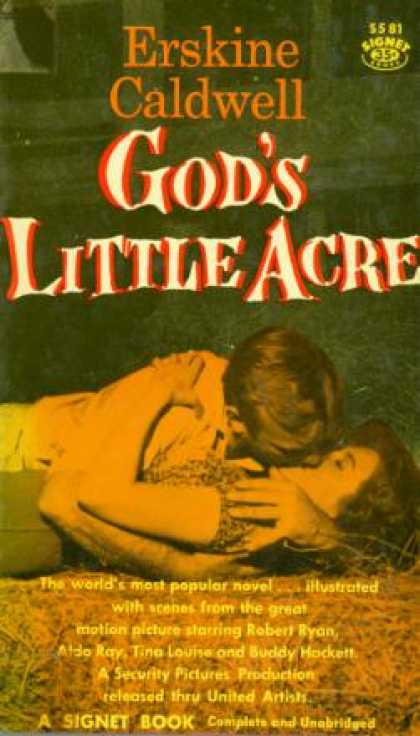
Wednesday, April 21, 2010
To Kill a Mockingbird

Monday, April 12, 2010
Richard Wright (1908-1960), Native Son (1940)

Monday, March 29, 2010
More on Steinbeck

Sunday, March 14, 2010
Upcoming Readings: The Grapes of Wrath

"Take This Job and Write It" Article in the NY TImes

Tuesday, March 2, 2010
Nathanael West, The Day of the Locust

Monday, February 22, 2010
Article on Depression Era Film from Sunday's NY Times

Sunday, February 21, 2010
Let Us Now Praise Famous Men Comments

Friday, February 19, 2010
More on Depression Era Photography

Thursday, February 18, 2010
Music from the 1930s

Agee/Walker: Let Us Now Praise Famous Men

Monday, February 15, 2010
Upcoming Readings: Let Us Now Praise Famous Men
Hollywood in the Depression

Wednesday, February 10, 2010
Sullivan's Travels


Monday, February 8, 2010
End of God's Little Acre

Friday, February 5, 2010
Wednesday, February 3, 2010
God's Little Acre Continued...

Thursday, January 28, 2010
Upcoming Page Readings for God's Little Acre

February 3 God’s Little Acre (55-107)
February 5 God’s Little Acre (107-157)
February 8 God’s Little Acre (157-end)
And check out the trailer for the movie version on YouTube here.
Sunday, January 24, 2010
Comments on As I Lay Dying
1. Which are the most intelligent and sympathetic voices in the novel? With whom do you most and least identify? Why?
2. Why is Addie’s narrative placed where it is, and what is the effect of hearing Addie’s voice at this point in the book? How do the issues raised by Addie here relate to the book as a whole?
3. We've talked a lot about Darl in class, but what exactly makes Darl different from the other characters? Why is he able to describe Addie’s death when he is not present? How is he able to know intuitively the fact of Dewey Dell’s pregnancy?
5. How does Anse manage to command the obedience and cooperation of his children? (Does he?) What do you make of him?
7. Jewel is the result of Addie’s affair with the evangelical preacher Whitfield. When we read Whitfield’s section, we realize that Addie has again allied herself with a man who is not her equal. How would you characterize the preacher? What is the meaning of this passionate alliance, now repudiated by Whitfield? Does Jewel know who his father is?
8. In what ways does the novel show characters wrestling with ideas of identity and embodiment?
Tuesday, January 19, 2010
Resources on the Great Depression

Thursday, January 14, 2010
William Faulkner on the Web

Sunday, January 10, 2010
Welcome to the Class Blog for English 3843/5803

This course will study American literature and culture during the Great Depression (1929-1939), focusing on how art responded to this extraordinary period of acute class and race consciousness, and examining the responses of the American people and their leaders to modernity’s apparent collapse. We will read and analyze a variety of types of responses to the crisis: historical documents, first-person narratives, photographs, fiction, memoirs, and movies, paying particular attention to the art that emerged from public arts programs funded through the patronage of FDR and the New Deal. We will also consider how the controversies of the 1930s continue to have an afterlife in contemporary life.
Please use the comment space below to introduce yourself to the class!



